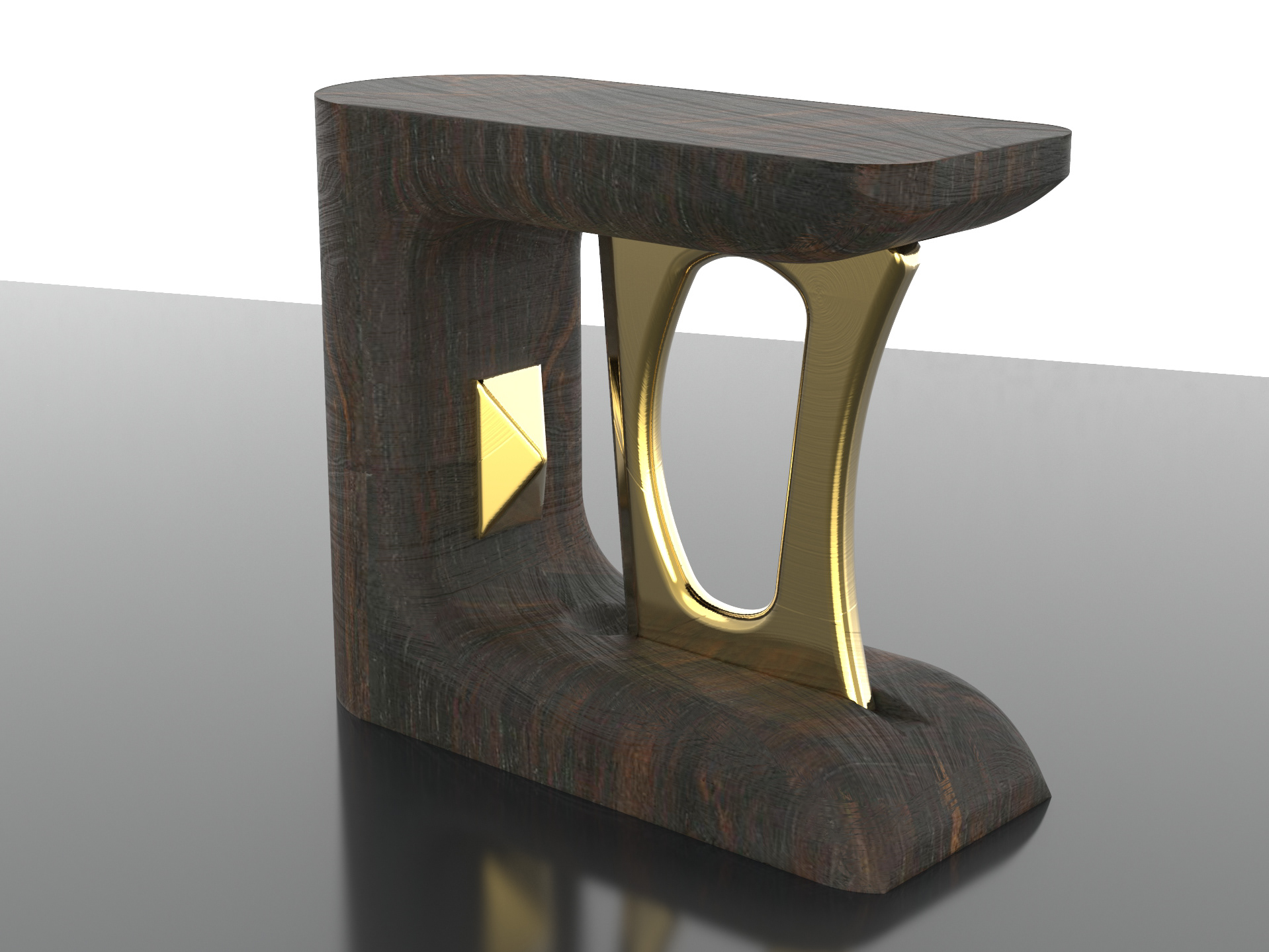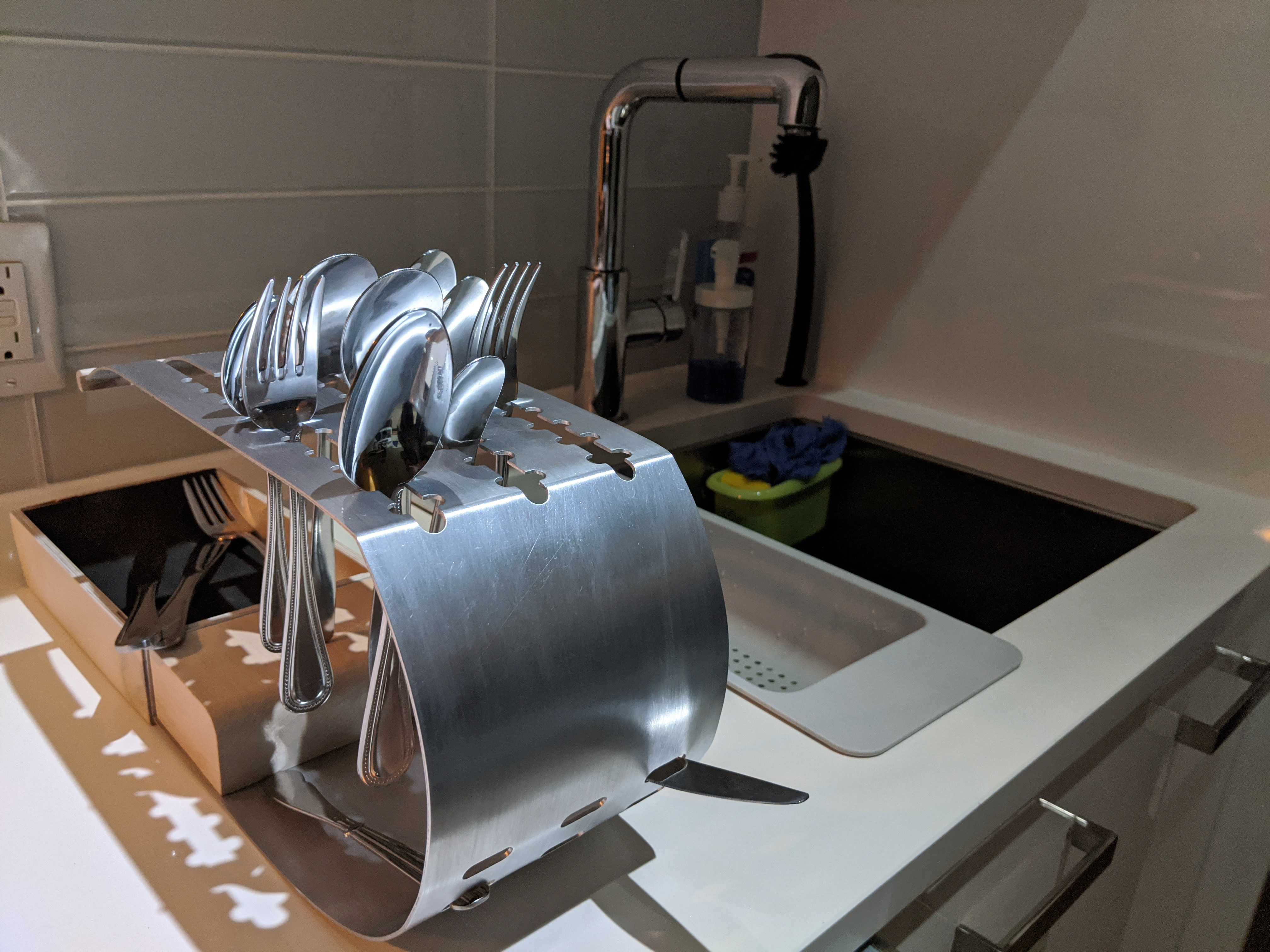project summary
The outcome of this project is a fairly portable 1 cup mini rice cooker that allows the user the option to make rice and eat from it anywhere in the house. The product is aimed at people who live in shared houses or small spaces, which tend to be university/ college students.
Mini rice cookers exist for people who may have limited kitchen space, or people who simply want small portions of rice made for their meals because they would rather not store rice in the fridge.
Project Duration: September- December 2020
Key Skills used: Research, Interviews, User observations, Concept sketching, Presentations, 3D printing
Key Apps used: Miro, Photoshop, Illustrator, Indesign, Solidworks, Keyshot
The problem
People in shared housing situations usually have this problem of space, as well as the issue of other cohabitants misusing each others' appliances. This can lead to tensions between housemates, especially for people who struggle with communicating.
Looking at Canada for data, it was found that students, especially international students, commonly have to share spaces in the home.
The goal
The proposed solution for this is to design a small and compact rice cooker that can double as a bowl to eat out of allowing the user to make and/or eat rice anywhere in the house. This also makes dishing out rice an option and not a necessity.
Research- Pain points
By observing various users making rice with their rice cookers, a few common pain points were noted:
Research- how do they work & how are they used?
Performing a product teardown revealed how a basic rice cooker is put together. It was noted that despite its small size, there was a lot of empty space in it. There was an opportunity to make it more compact.
Through secondary research, the three main heating methods were found to be: Heating element, Multi heater systems and Induction. Each of these typically come with increasingly complex user interfaces, and therefore increased price ranges
The solution: the removable base
The concept of the removable base was found through induction because the heat source does not need to physically touch the container. This separation was inspired by halogen ovens, and the convenience of electric kettles.
usability testing
A simple cardboard form was made to test the removable base concept with a user. The user was asked to act like they were using the form to cook rice, with a few variations of lids, bases and handles. Through observation and feedback from the user, useful information was acquired.
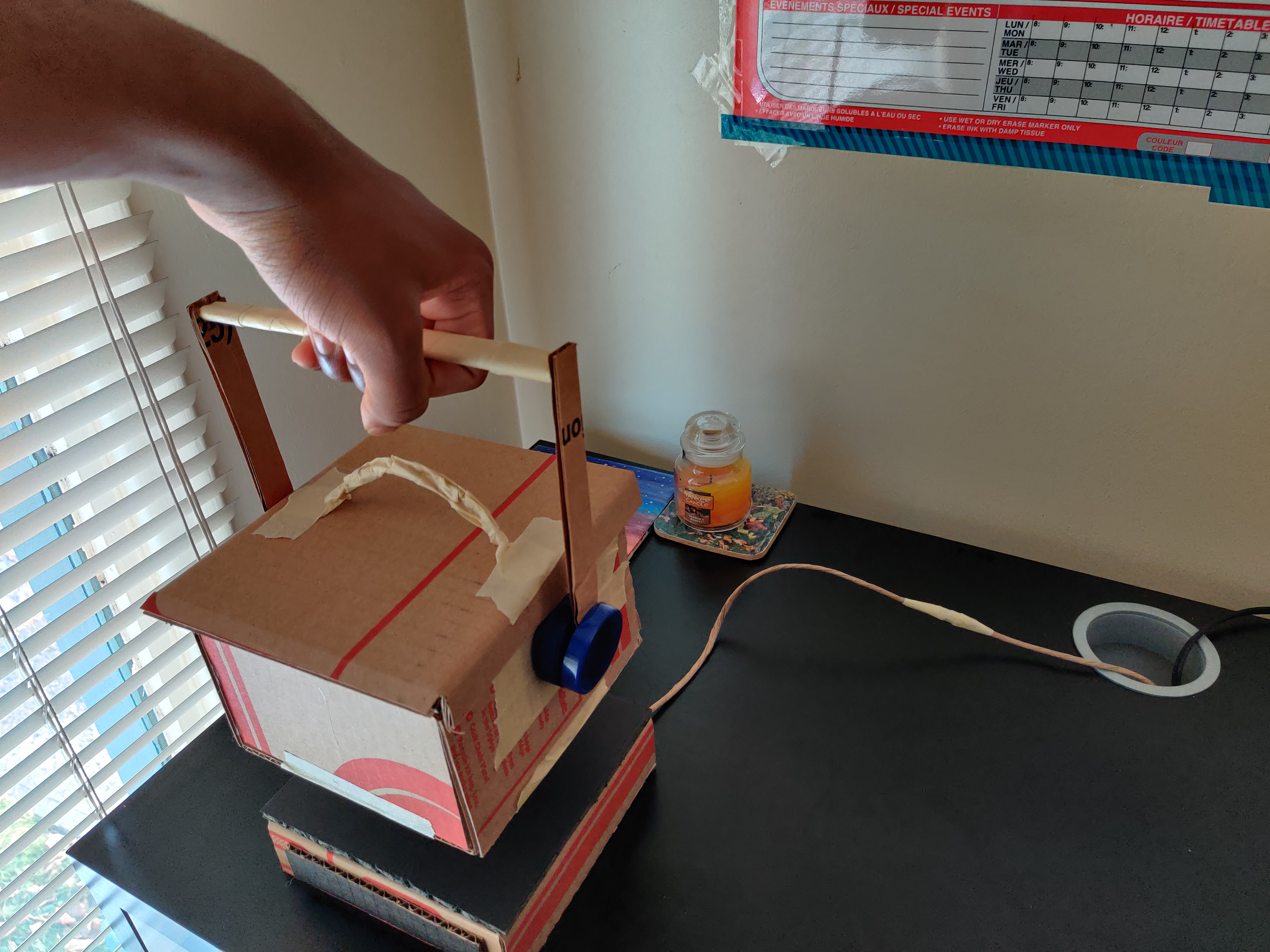
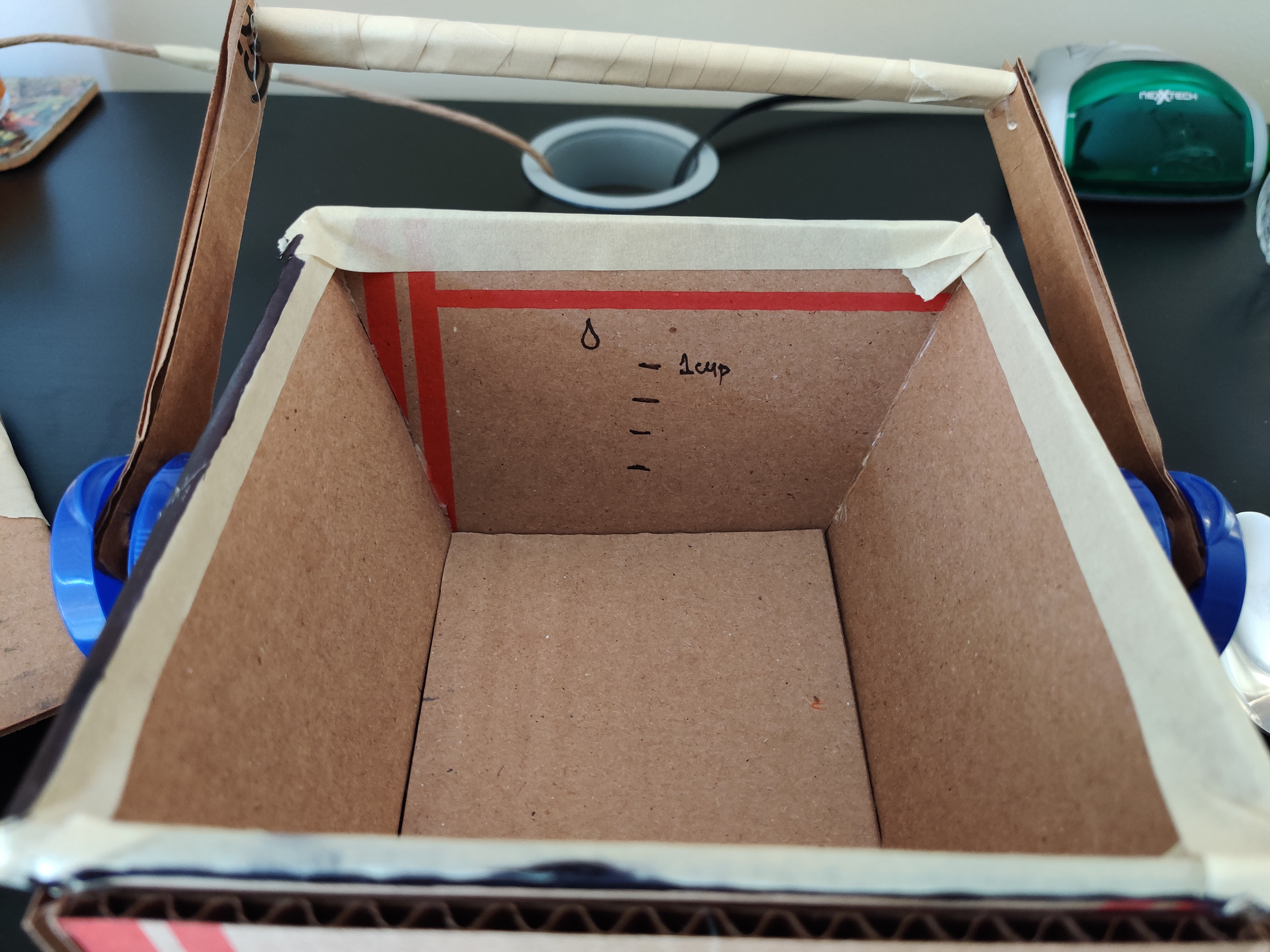
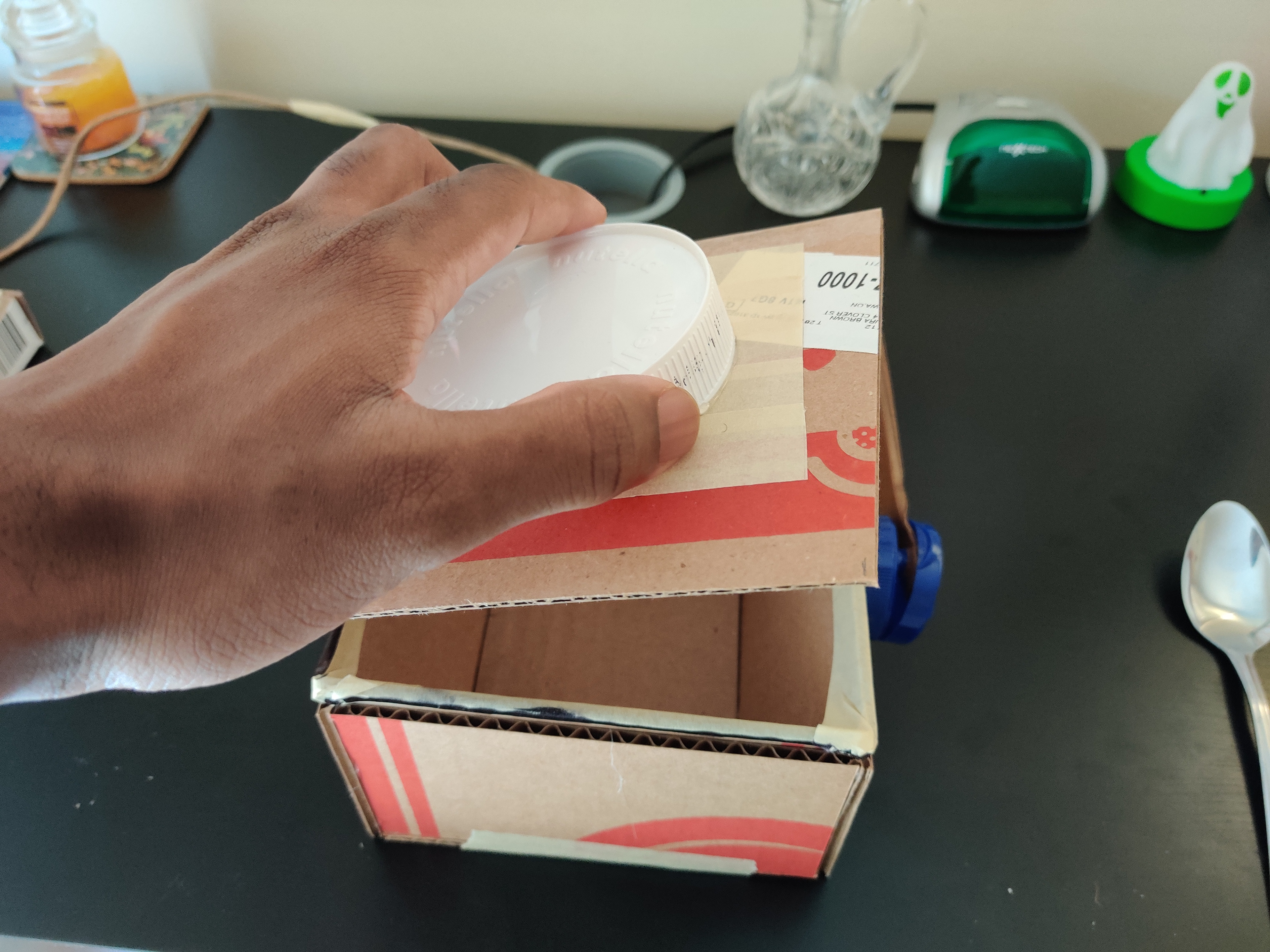

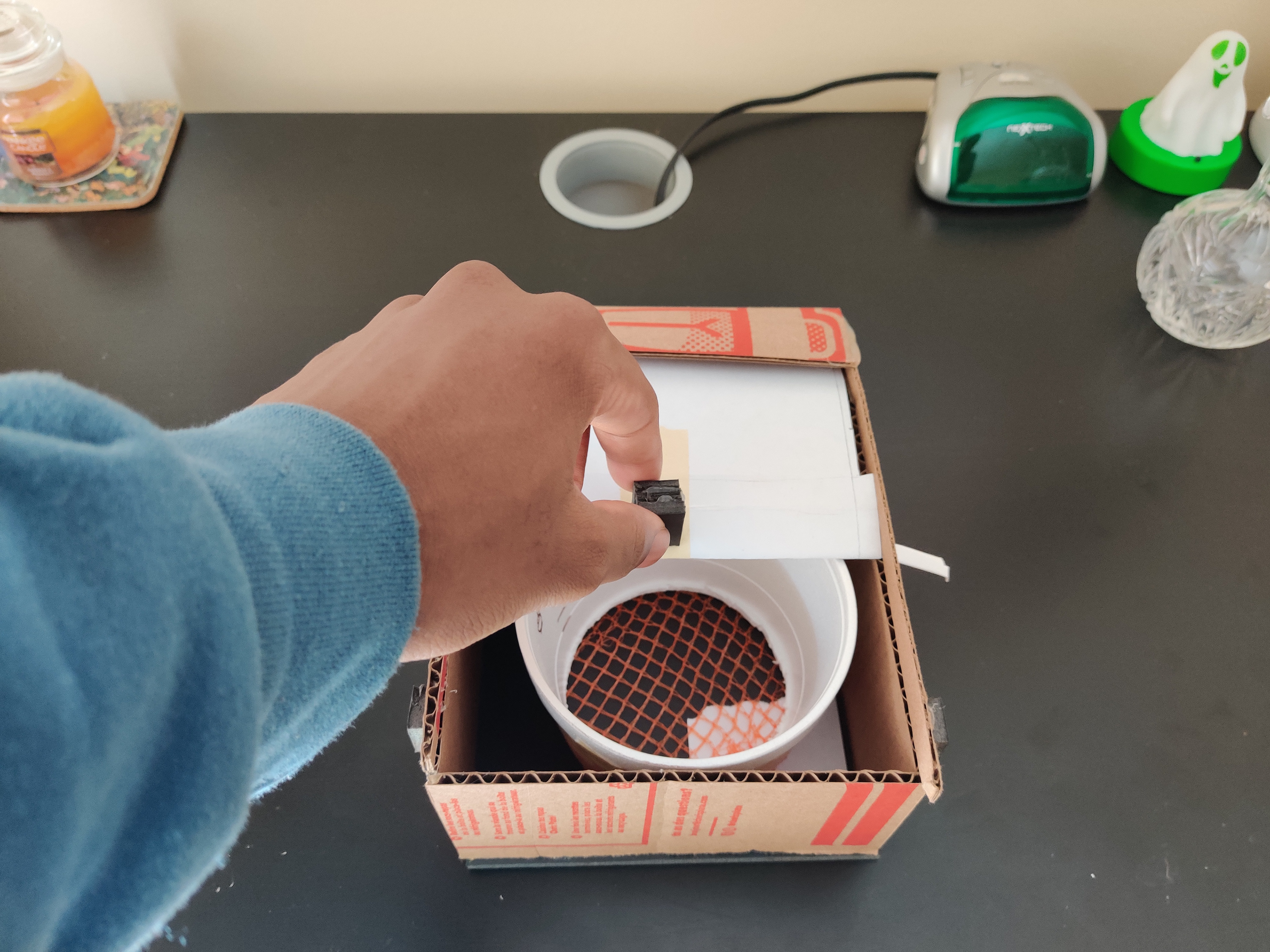
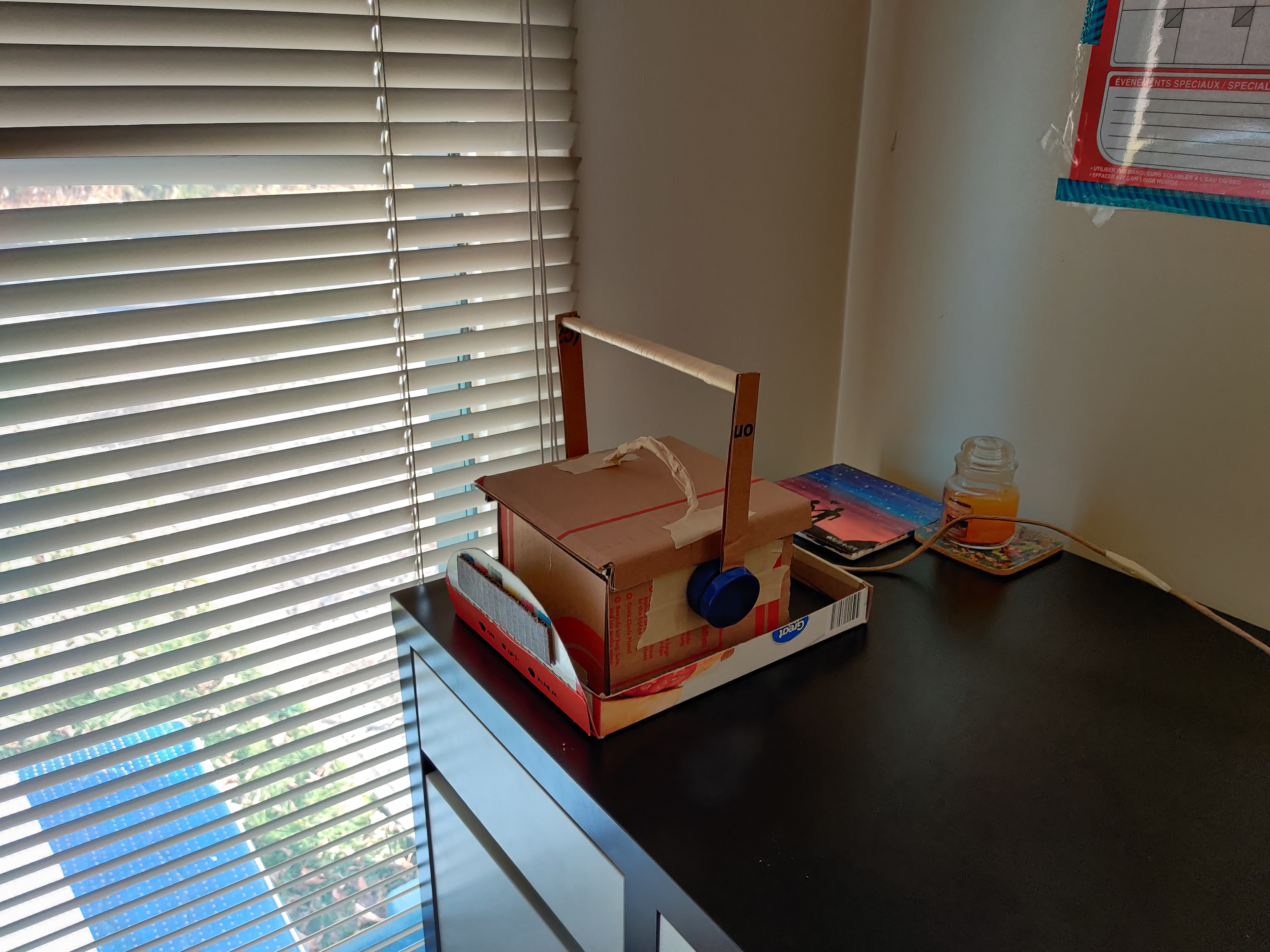
Form development
The form of the model and how it was used was reminiscent of lunch boxes. The final form and aesthetic of the product was inspired by the simplicity of bento boxes, which also have the appeal of portability.
final details
The final look and features of the design were decided on based on the previous research, the components and user feedback, creating a simple form with a very basic interface. Dimensions also were decided and verified with a cardboard scale model which was tested again with a user.
Sketches visualize the thought process behind some of the final features and aesthetics
This cardboard model was a great reference for scale, and the form of the design
Communicating the design: appearance model
An appearance model of the design was made to show the scale, colours and finish of the design in a convincing way. This was made without access to a workshop and appropriate machinery, due to the pandemic.
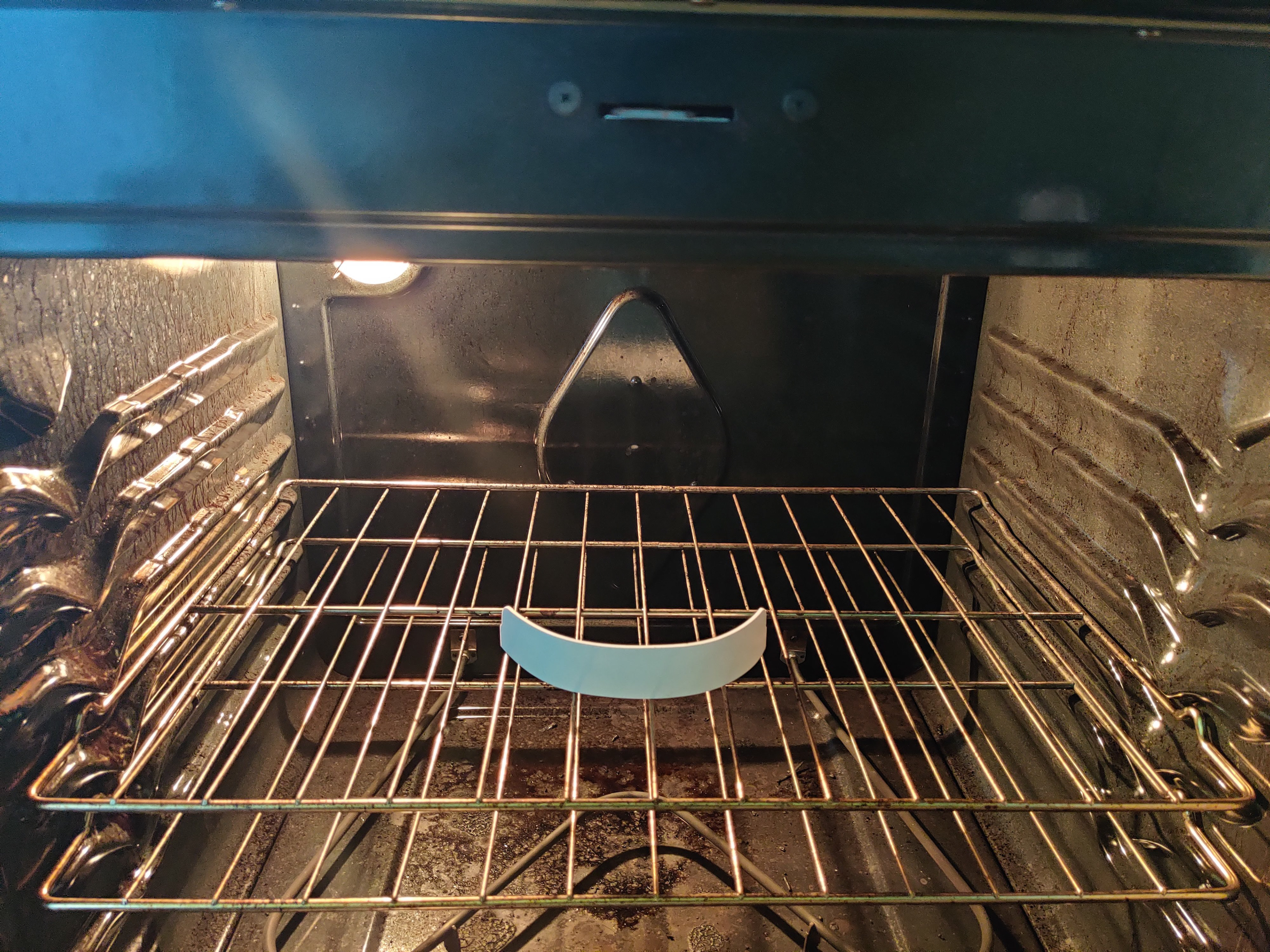
Polystyrene strips heated in an oven.

The form of the model was used as a mold.

Details added to the base piece.

Strips attached to the foam body with Epoxy.
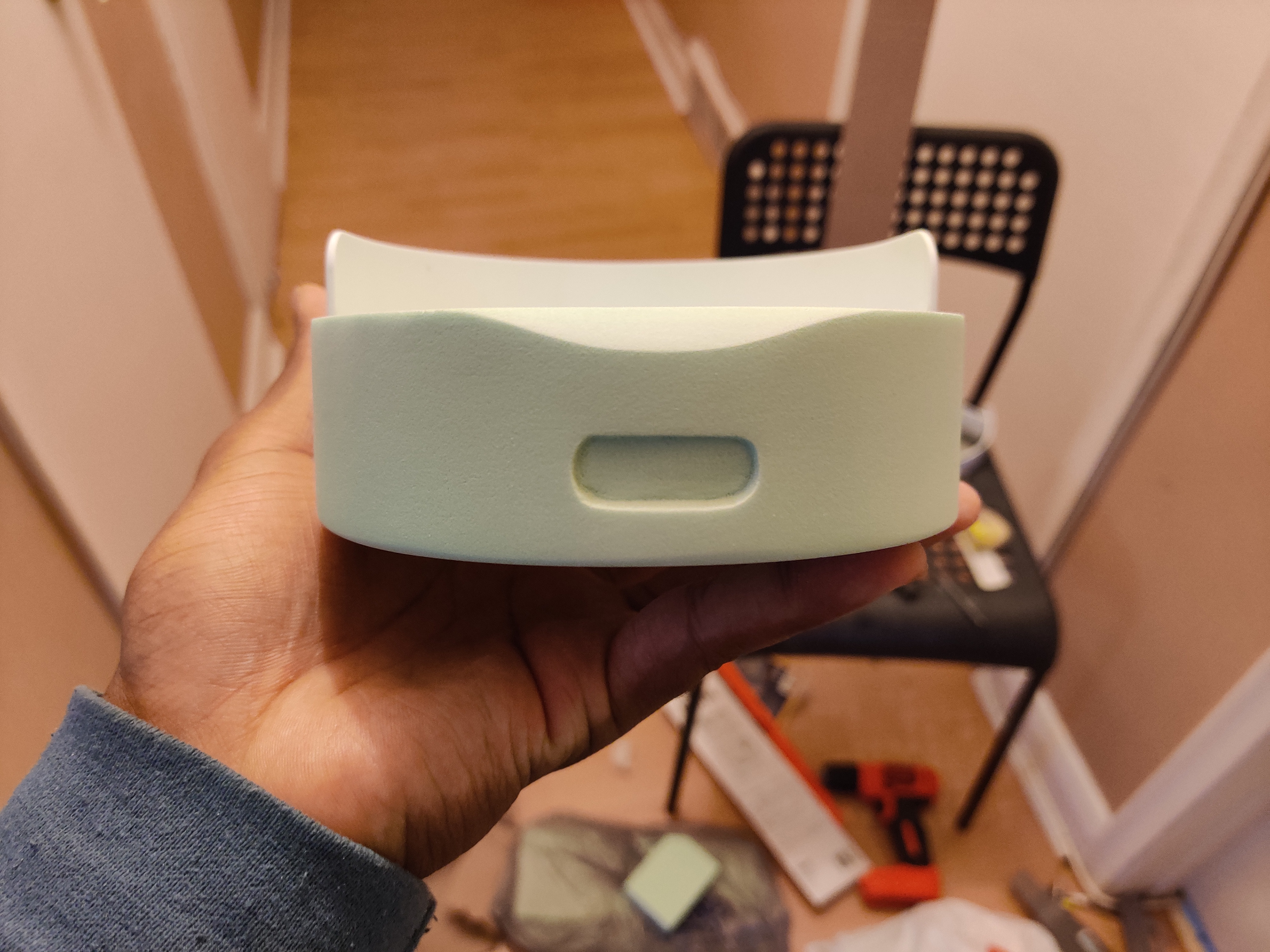
The button and LED bar were carved into the foam.

Everything was sanded and primed for painting

The assembled, but unpainted model showing size
An appearance model was made from polyurethane foam, then painted to communicate the final design's general look
the final design
The final design is a small, portable and compact rice cooker that solves the problem of a rice cooker being a kitchen restricted appliance. It allows the user to make rice anywhere with a power source, as well as eat the freshly cooked food anywhere, adding a personal touch to it.


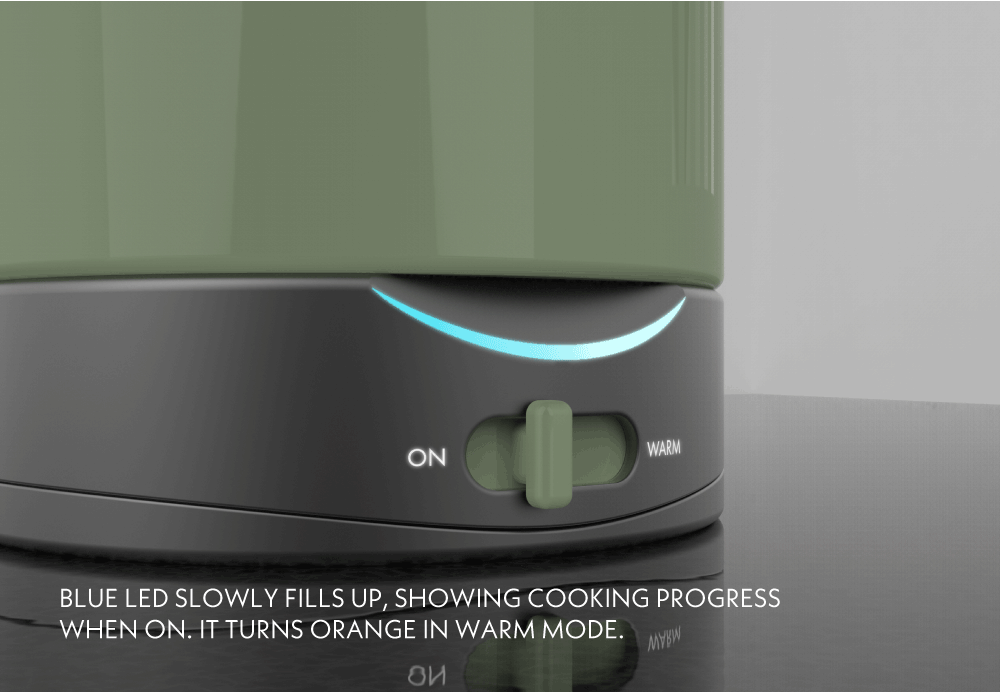
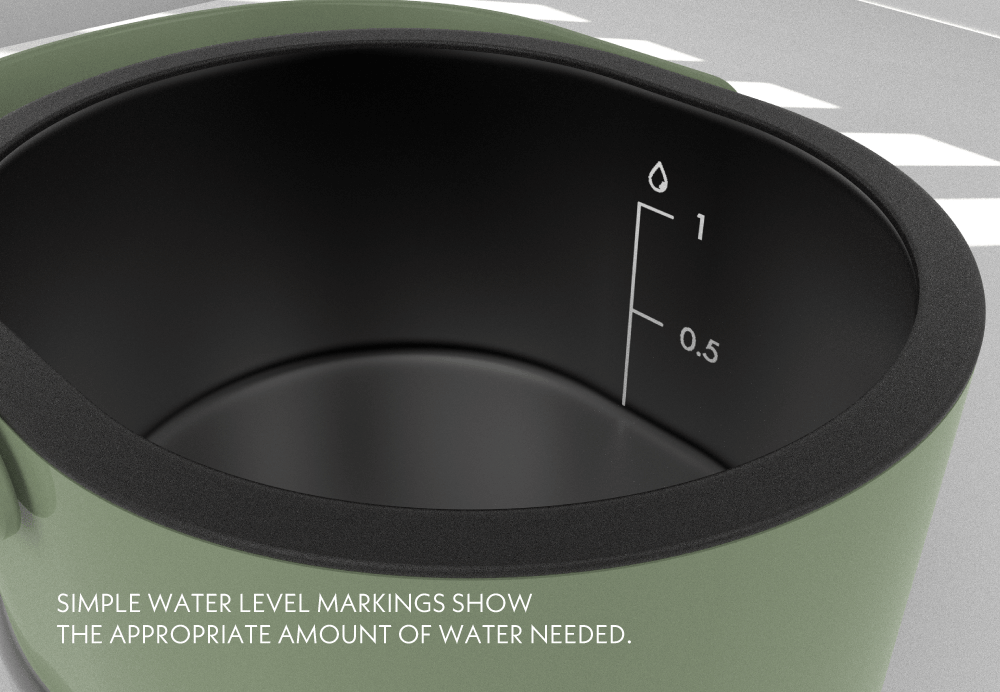
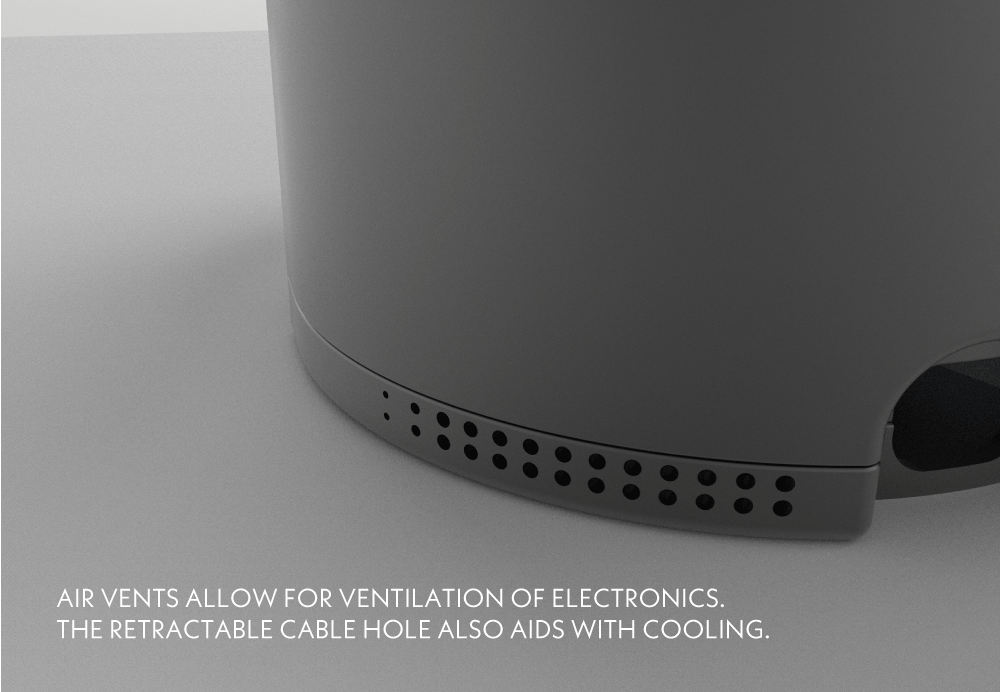

improvements
-Perform more in depth research into the users and market, enough to form solid and varying personas
-Place more emphasis on reducing the price of the product, as the target market values lower prices
-Placing more focus on the UI will lead to a better user experience, and better capitalize on the induction technology


